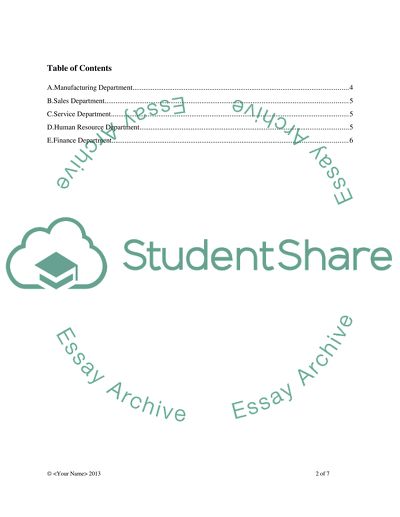Cite this document
(“Reflective Essay on Thoughts Concerning the Construction of Business”, n.d.)
Reflective Essay on Thoughts Concerning the Construction of Business. Retrieved from https://studentshare.org/information-technology/1496570-reflective-essay-on-thoughts-concerning-the
Reflective Essay on Thoughts Concerning the Construction of Business. Retrieved from https://studentshare.org/information-technology/1496570-reflective-essay-on-thoughts-concerning-the
(Reflective Essay on Thoughts Concerning the Construction of Business)
Reflective Essay on Thoughts Concerning the Construction of Business. https://studentshare.org/information-technology/1496570-reflective-essay-on-thoughts-concerning-the.
Reflective Essay on Thoughts Concerning the Construction of Business. https://studentshare.org/information-technology/1496570-reflective-essay-on-thoughts-concerning-the.
“Reflective Essay on Thoughts Concerning the Construction of Business”, n.d. https://studentshare.org/information-technology/1496570-reflective-essay-on-thoughts-concerning-the.


